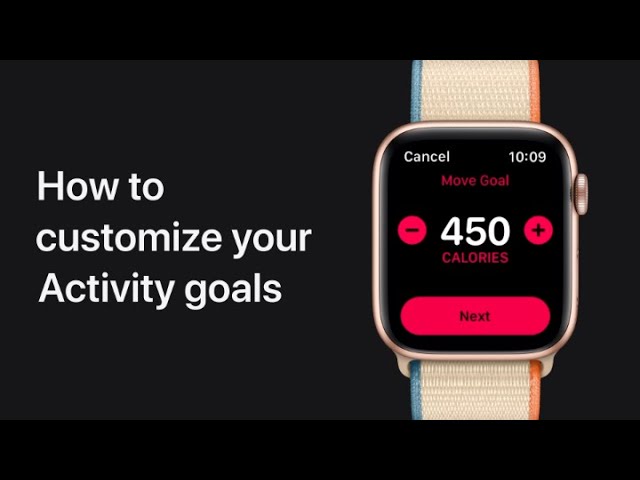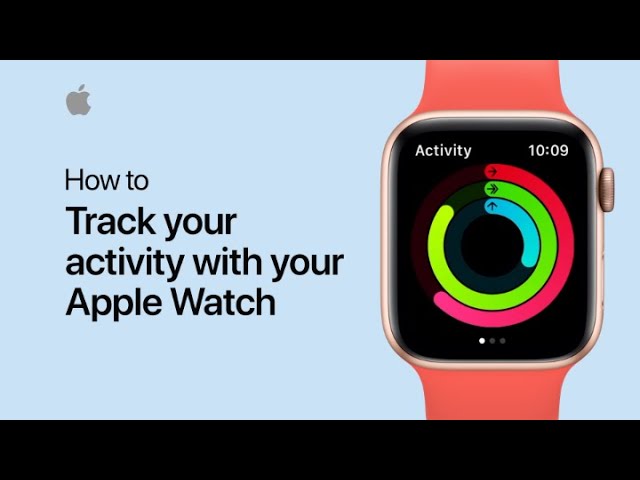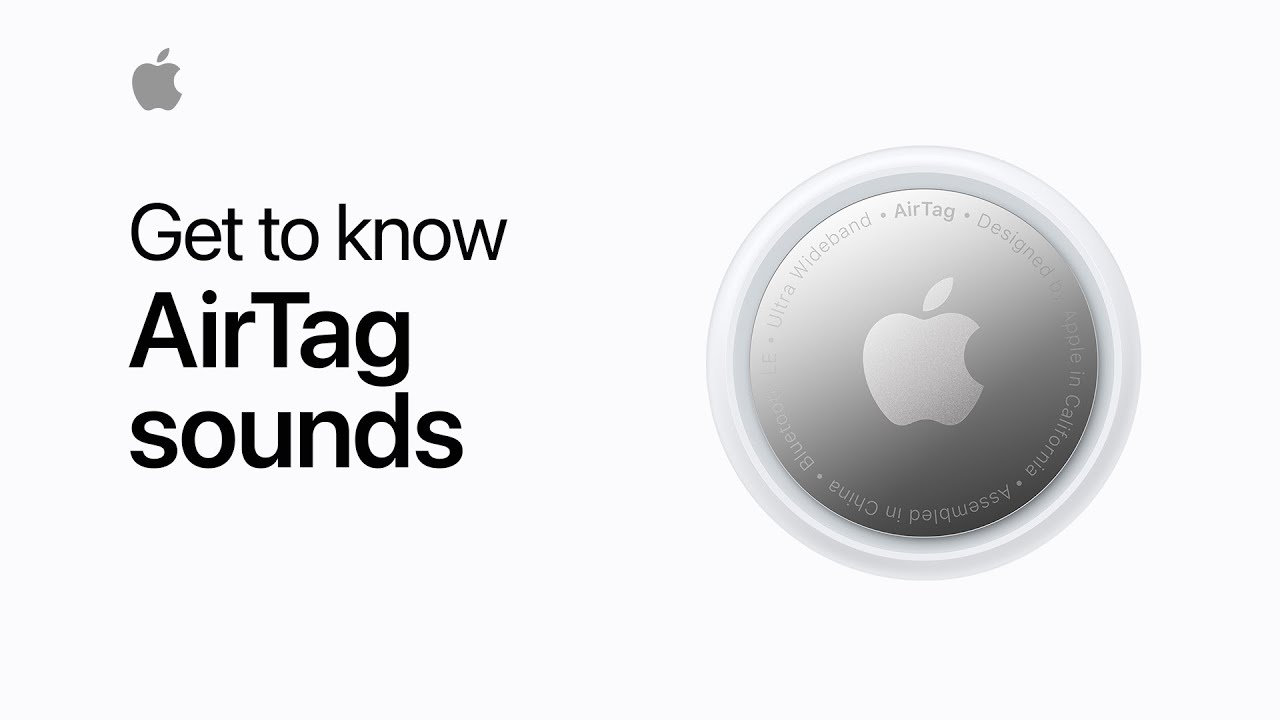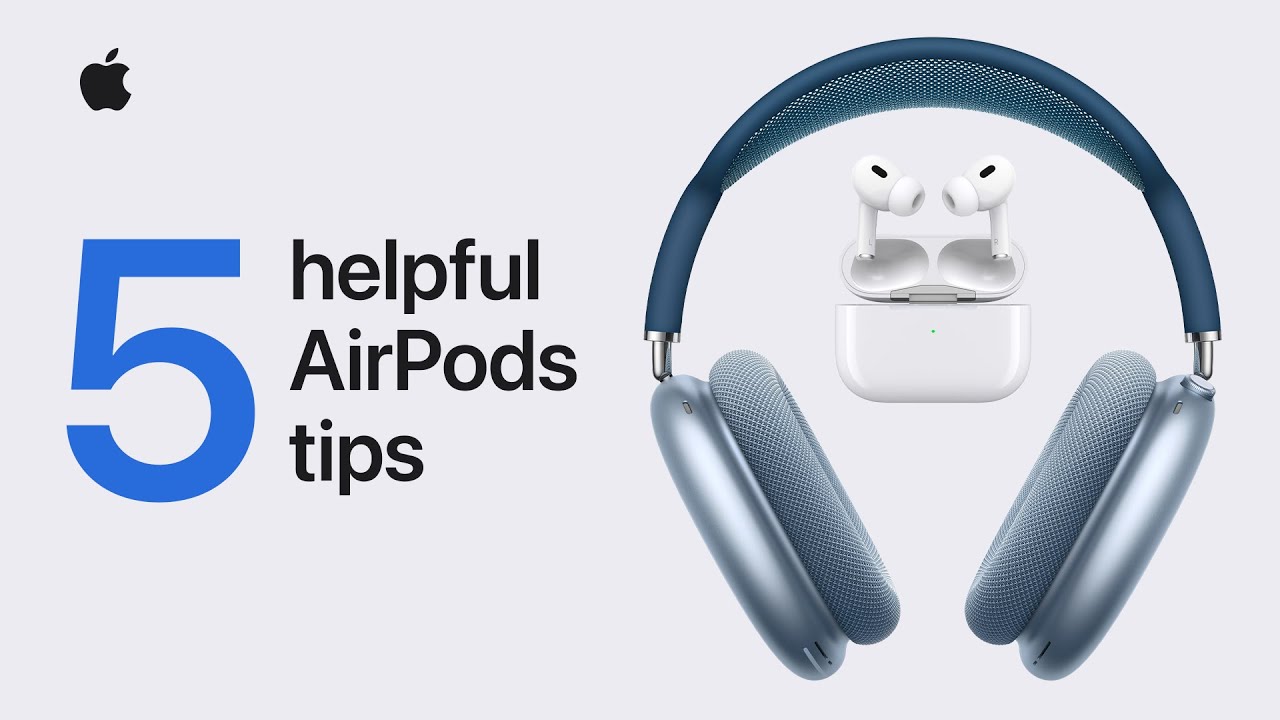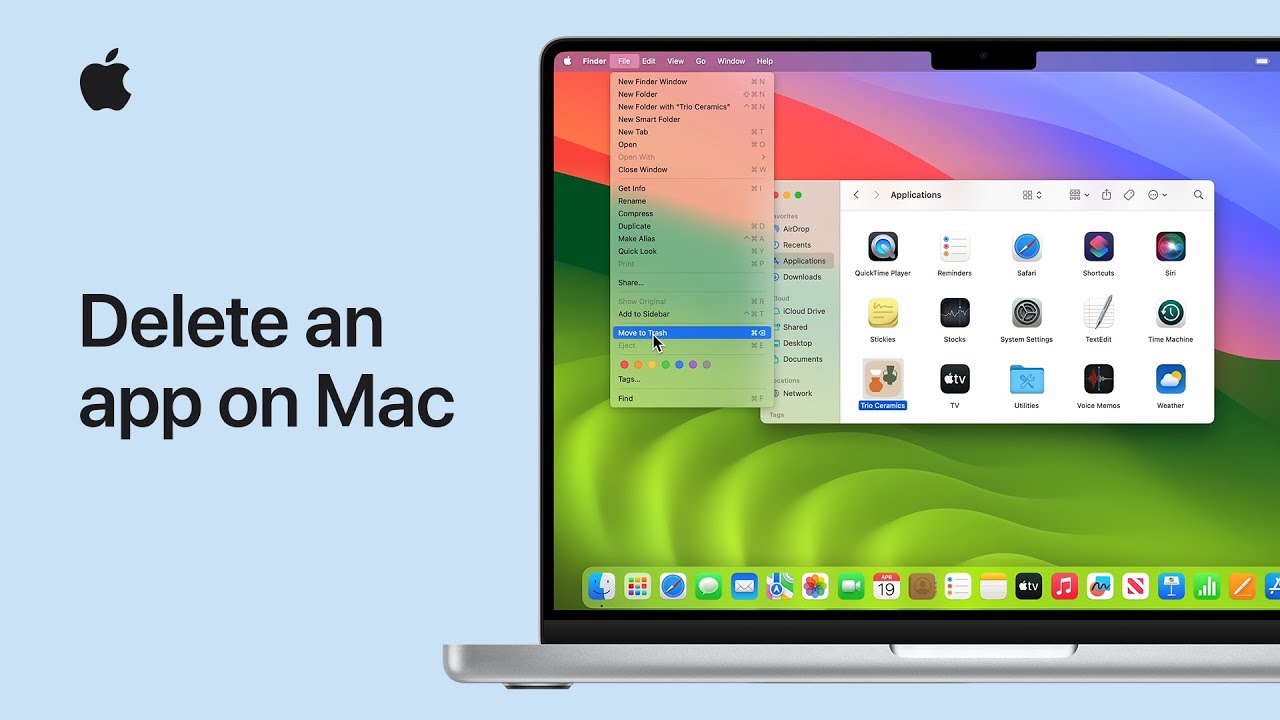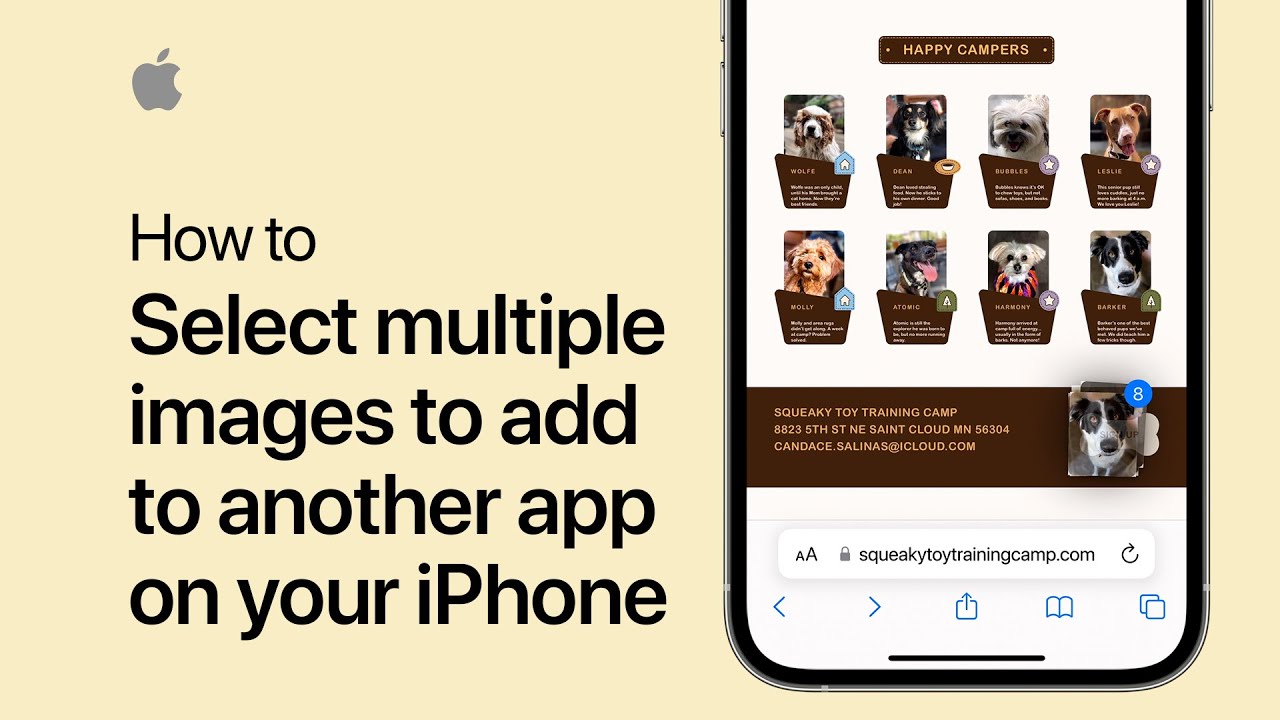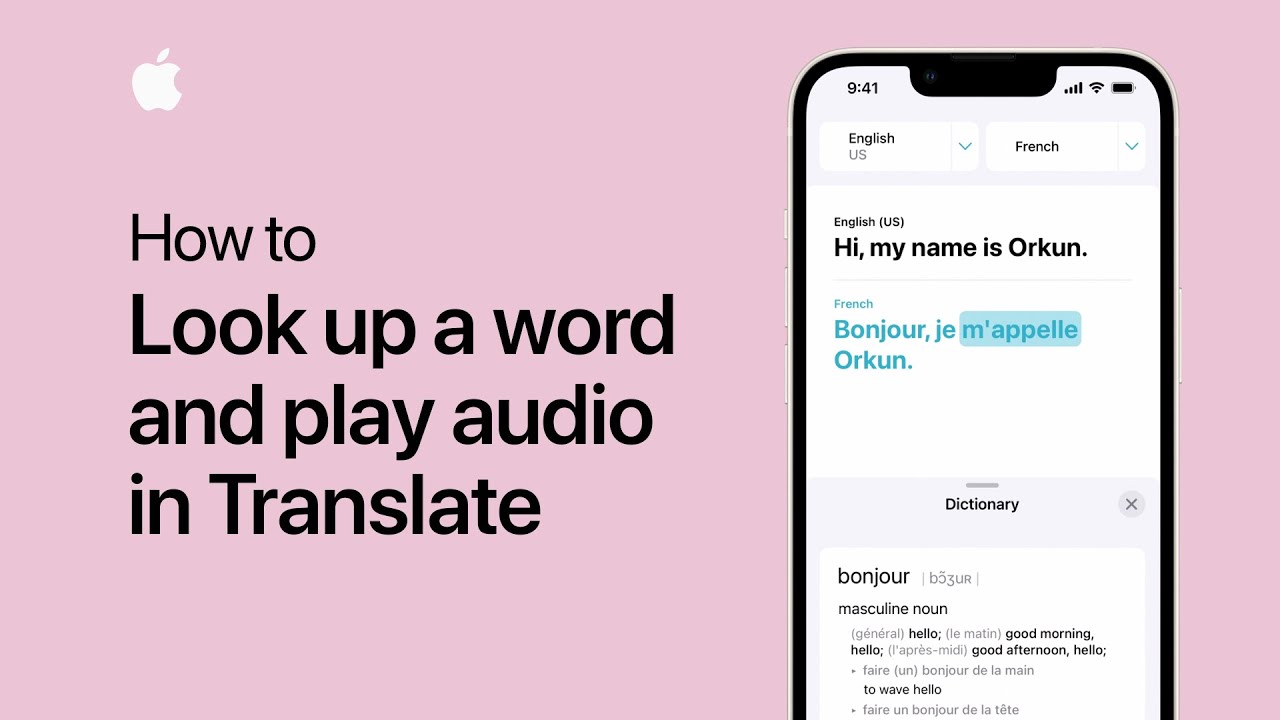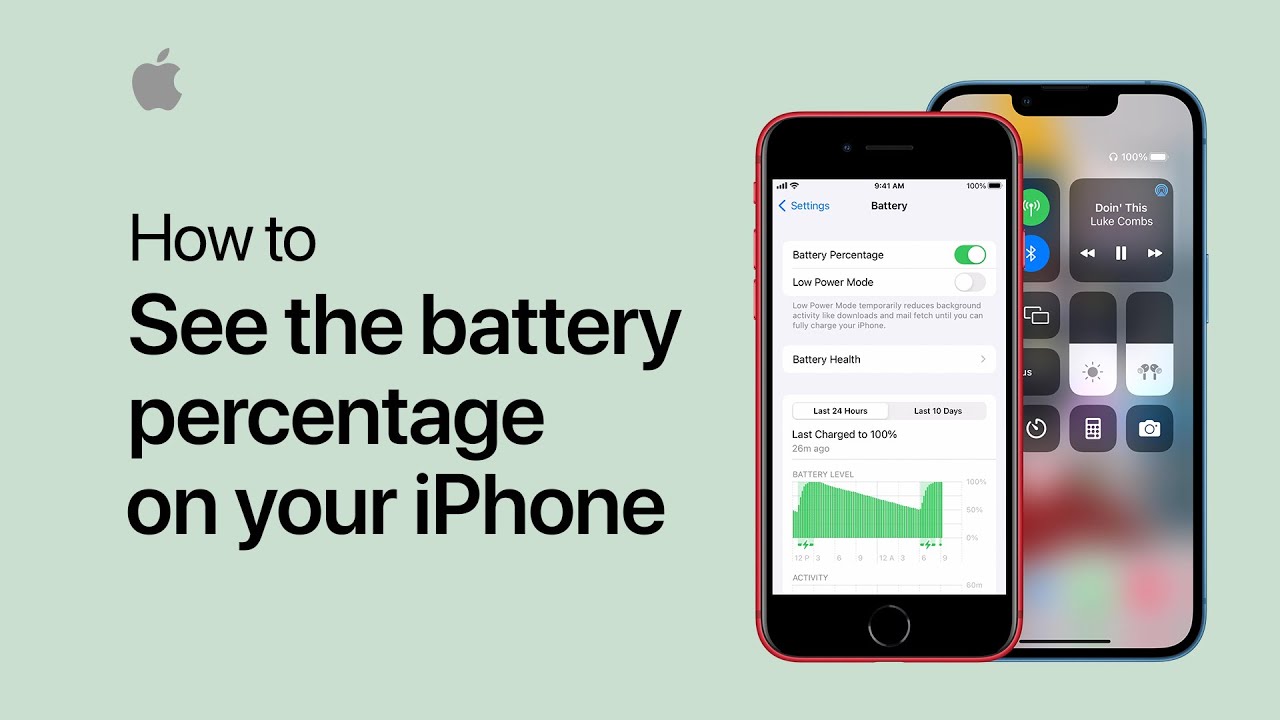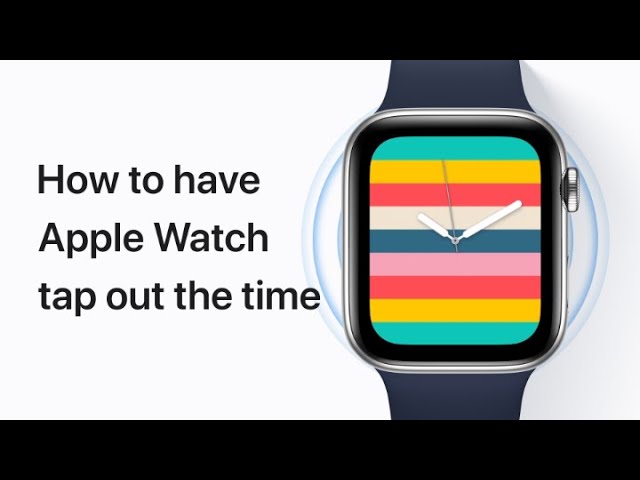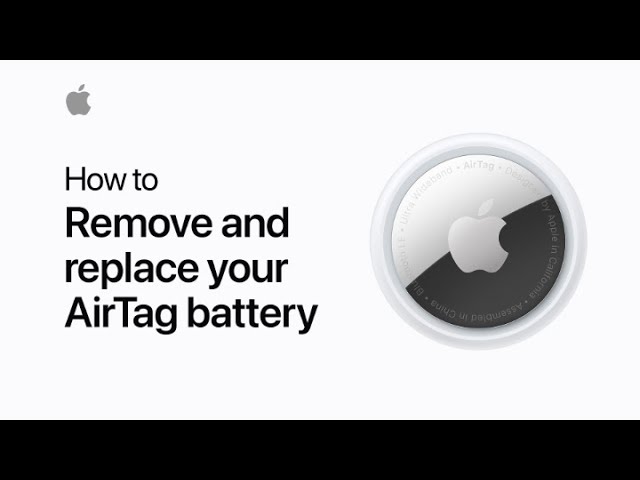To customize your daily Activity goals on your Apple Watch, start by opening the Activity app and scrolling to the bottom where you’ll find the “Change Goals” option. Tap it to select the goal you want to adjust. First, customize your Move Goal by setting your desired daily active calorie burn and tap Next. Then, adjust your Exercise Goal by setting the minutes of brisk activity you aim to complete daily, and tap Next. Finally, modify your Stand Goal by choosing how many hours each day you want to stand and move for at least one minute, using the Plus or Minus buttons. Tap OK to save your changes and close your rings.
Summary:
– Open the Activity app on your Apple Watch and scroll to the bottom.
– Tap “Change Goals” and select the goal you want to adjust.
– Customize the Move Goal by setting your daily active calorie burn, then tap Next.
– Adjust the Exercise Goal by setting your desired minutes of brisk activity, then tap Next.
– Modify the Stand Goal by choosing the number of hours to stand each day, use the Plus or Minus buttons, and tap OK to save.
